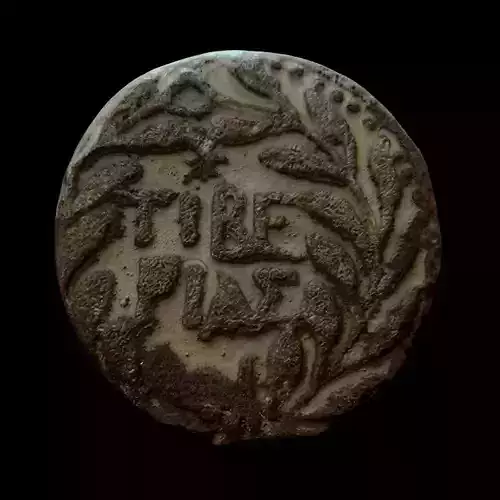1/20
Herod Antipas (4 BCE – 39 CE) was the tetrarch of Galilee and Perea, a client ruler under Roman authority during the early 1st century CE. He minted coins primarily in his capital city, Tiberias, which he founded and named after Emperor Tiberius. His coinage is rare and limited in series, featuring Greek inscriptions reflecting both Jewish and Roman cultural influences.
Some key aspects of Antipas's coins include:
The coins usually bear Greek inscriptions such as ΗΡΩΔΟΥ ΤΕΤΡΑΡΧΟΥ (Herod the Tetrarch).
Common motifs include palm branches symbolizing victory and peace, and an upright reed.
The reverse often shows the inscription TΙΒΕΡΙΑC or TIBEPIAC within a wreath, referring to the mint at Tiberias.
Coins were dated according to his regnal years, for example year 24 (about 20 AD), year 33 (around 29 AD), and year 37 (about 33 CE).
A rare coin minted in Sepphoris (another city under Antipas's control) features a grain of wheat on the obverse and a palm branch on the reverse with the inscription HPWΔHC TETPAPXHC identifying Antipas, indicating his economic and political influence extended beyond Tiberias.
Antipas's coins served both economic and propagandistic purposes, asserting his authority and loyalty to Rome while reflecting local symbolism. These coins are important for understanding the history and governance of Galilee in the early Roman period, as well as for biblical historical context since Herod Antipas is mentioned in the New Testament
REVIEWS & COMMENTS
accuracy, and usability.




















